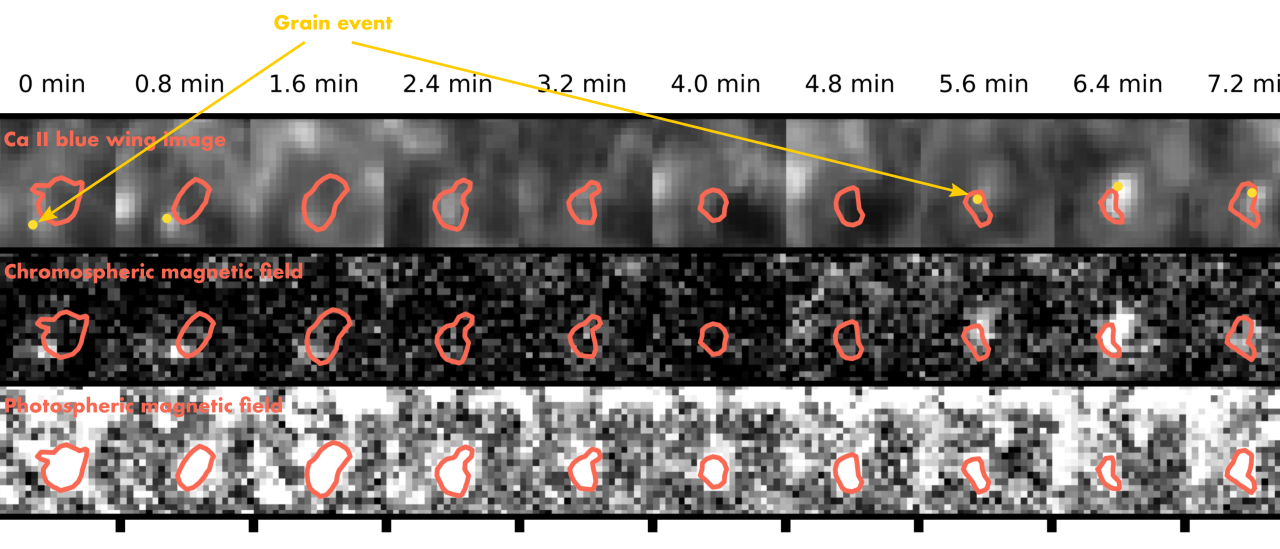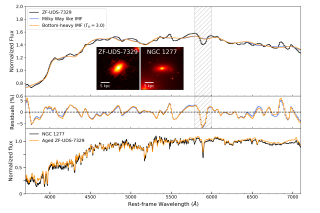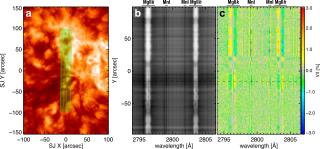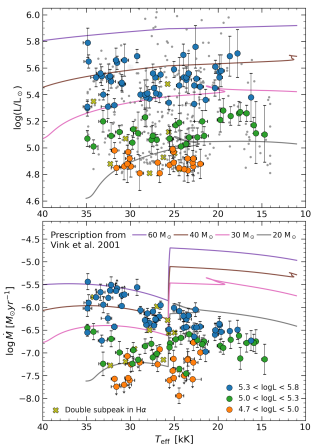CaII Kgrains, i.e., intermittent, short-lived (about 1 minute), periodic (2-4 minutes), pointlike chromospheric brightenings, are considered to be the manifestations of acoustic waves propagating upward from the solar surface and developing into shocks in the chromosphere. After the simulations of Carlsson and Stein, we know that hot shocked gas moving upward interacting with the downflowing chromospheric gas (falling down after having been displaced upward by a previous shock) nicely reproduces the spectral features of the CaII K profiles observed in such grains, i.e., a narrowband emission-like feature at the blue side of the line core. However, these simulations are one-dimensional and cannot explain the location or the pointlike shape of the grains. Here, we report on the magnetic nature of these events. We then propose that magnetohydrodynamical waves are not only channeled through the magnetic field in sunspots (umbral flashes), but they pervade the whole atmosphere. The propagation along magnetic fields can explain the pointlike appearance of the calcium grains observed in the quiet chromosphere.
Advertised on
Authors
María Jesús
Martínez González
Tanausú del
Pino Alemán
Adur Pastor Yabar
Carlos Cristo
Quintero Noda
Andrés
Asensio Ramos
References



